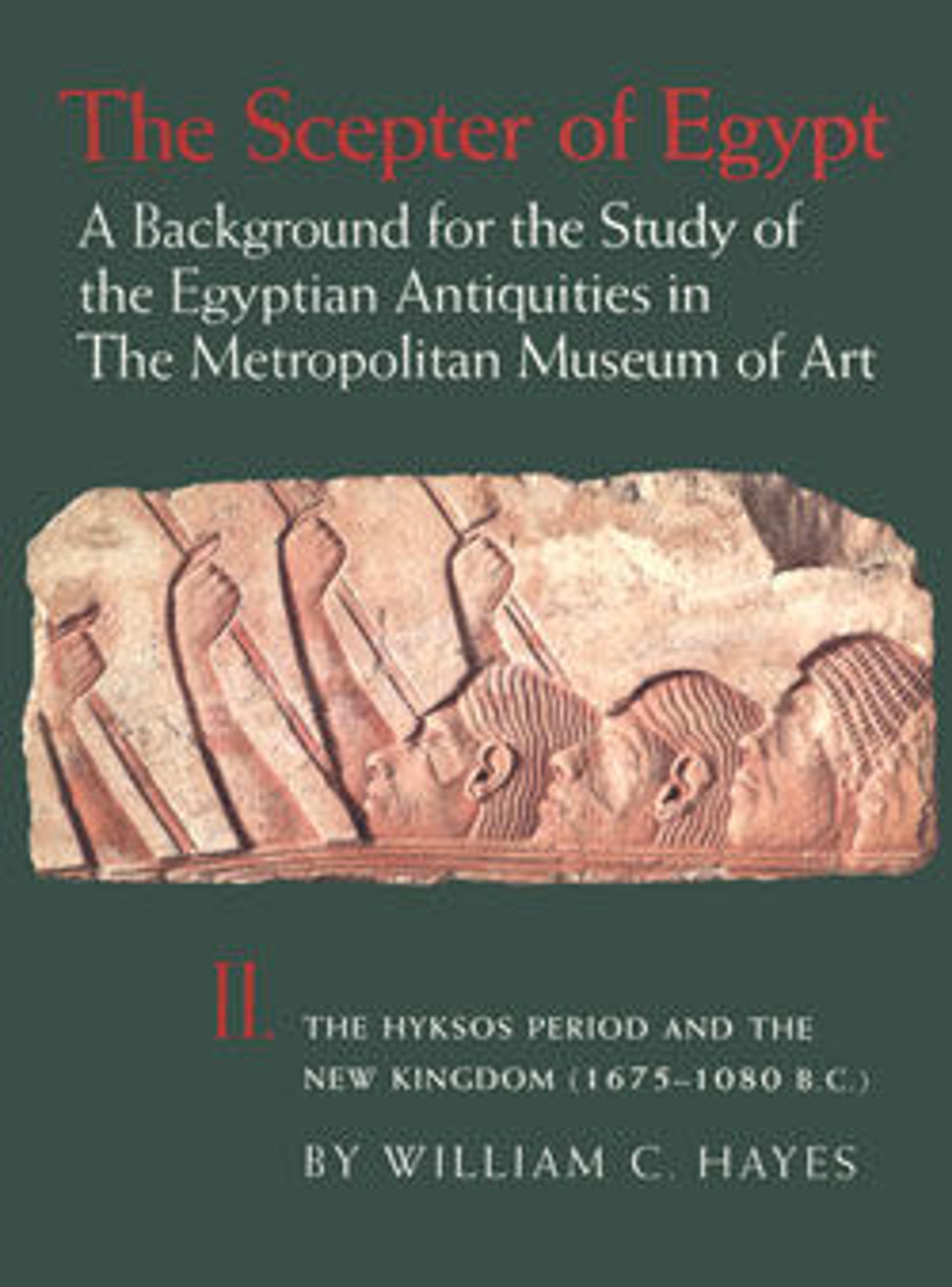Door Jamb of Rau
Two door jambs (26.3.54, .55) are inscribed for a man named Rau who served as Steward of the God's Wife Ahmose-Nefertari, mother of Amenhotep I. The inscriptions on the jambs state that Rau's tomb was given as a favor from Thutmose III whose throne name, Menkheperre, appears in the text on the right jamb (26.3.55). The text goes on to say that the tomb was to take the "exact form" of Thutmose's temple Djeser-akhet at Deir el-Bahri.
Rau was also Chief Steward of the god Amun whose principal temple was at Karnak on the east bank of the Nile. Rau's tomb was probably somewhere in the Theban necropolis, perhaps in Dira Abu el-Naga, a cemetery directly across the river from Karnak.Wherever the name of the god Amun appears in the text, it has been erased, probably during the reign of Akhenaten, near the end of Dynasty 18. The god's name was later restored.
At the bottom of each jamb, Rau is depicted seated before an offering table.
Rau was also Chief Steward of the god Amun whose principal temple was at Karnak on the east bank of the Nile. Rau's tomb was probably somewhere in the Theban necropolis, perhaps in Dira Abu el-Naga, a cemetery directly across the river from Karnak.Wherever the name of the god Amun appears in the text, it has been erased, probably during the reign of Akhenaten, near the end of Dynasty 18. The god's name was later restored.
At the bottom of each jamb, Rau is depicted seated before an offering table.
Artwork Details
- Title: Door Jamb of Rau
- Period: New Kingdom
- Dynasty: Dynasty 18
- Reign: reign of Thutmose III
- Date: ca. 1479–1425 B.C.
- Geography: From Egypt, Upper Egypt, Thebes; Said to be from Dra Abu el-Naga
- Medium: Limestone
- Dimensions: H. 145 cm (57 1/16 in.); w. 23.5 cm (9 1/4 in.)
- Credit Line: Rogers Fund, 1926
- Object Number: 26.2.55
- Curatorial Department: Egyptian Art
More Artwork
Research Resources
The Met provides unparalleled resources for research and welcomes an international community of students and scholars. The Met's Open Access API is where creators and researchers can connect to the The Met collection. Open Access data and public domain images are available for unrestricted commercial and noncommercial use without permission or fee.
To request images under copyright and other restrictions, please use this Image Request form.
Feedback
We continue to research and examine historical and cultural context for objects in The Met collection. If you have comments or questions about this object record, please contact us using the form below. The Museum looks forward to receiving your comments.
